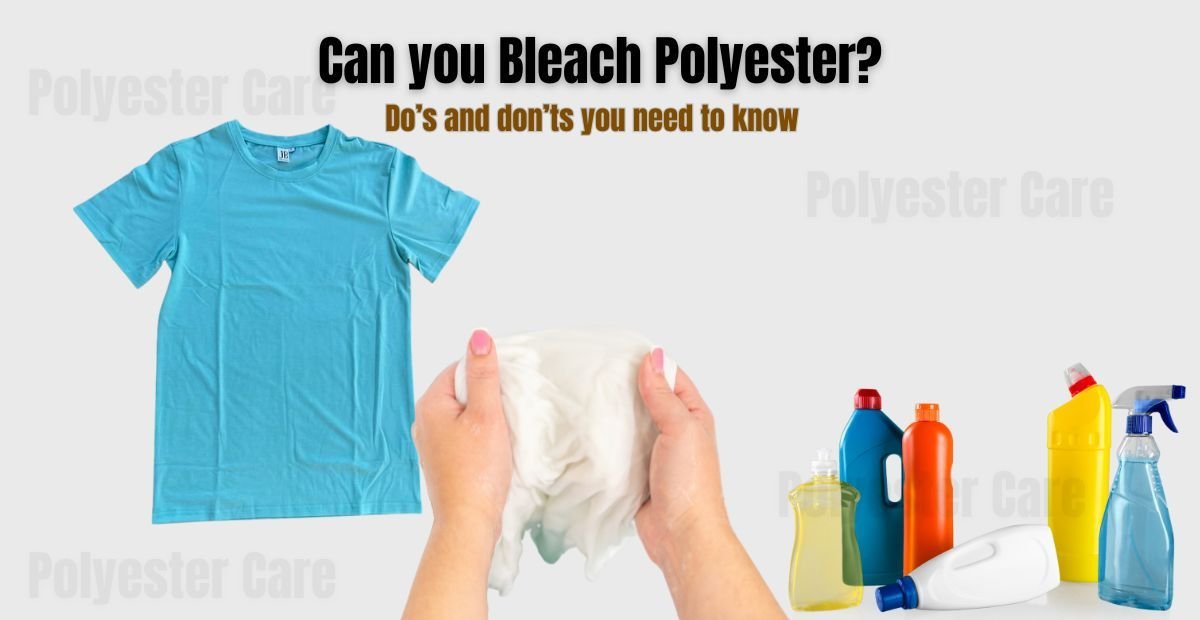Polyester is one of the most widely used fabrics in the world. However, it is often combined with other fibers to improve comfort and performance. This combination is known as Blended Polyester. Because of its versatility, it is popular in clothing, furnishings, and many other industries.
What is Blended Polyester?
Blended is a fabric created by mixing polyester fibers with natural or synthetic fibers. Common blends include polyester-cotton (poly-cotton), polyester-wool, and polyester-rayon.
The purpose of blending is simple. Polyester adds strength and wrinkle resistance, while other fibers improve comfort, breathability, and softness. As a result, blended fabrics bring together the best qualities of polyester fibers.
Key Features of Blended polyester
Blended offers unique characteristics that make it better than using pure fibers alone. Its main features include:
- Durability – Polyester makes the fabric strong and long-lasting.
- Comfort – Natural fibers like cotton add softness and breathability.
- Wrinkle Resistance – Fabrics remain neat and polished.
- Moisture Management – Cotton or wool helps absorb sweat, while polyester fabrics dries quickly.
- Cost-Effectiveness – Blends are often cheaper than 100% natural fabrics.
- Easy Maintenance – Requires less ironing and resists shrinking.
Common Blends of Polyester
Polyester can be with many fibers, each offering specific benefits:
- Polyester-Cotton (Poly-Cotton) – Comfortable, breathable, and durable. Used in t-shirts, uniforms, and bedsheets.
- Polyester-Wool – Warm, wrinkle-resistant, and durable. Common in suits, jackets, and coats.
- Polyester-Rayon – Soft, shiny, and elegant. Used in dresses, blouses, and scarves.
- Polyester-Spandex – Stretchable and flexible. Ideal for sportswear and leggings.
- Polyester-Linen – Strong yet breathable. Common in summer wear and upholstery.
Therefore, the choice of blend depends on the final use of the fabric.
Uses of Blended Polyester
Blended Polyester is widely used in both fashion and home textiles. Some common applications include:
- Clothing – T-shirts, trousers, uniforms, sportswear, jackets, and dresses.
- Home Furnishings – Curtains, bed sheets, pillow covers, and upholstery.
- Workwear – Durable uniforms and safety clothing.
- Accessories – Bags, scarves, and gloves.
Because of its versatility, polyester can be found in nearly every household.
Advantages of Blended Polyester
The popularity of Blended comes from its benefits:
- Combines strength with comfort.
- Reduces cost compared to 100% natural fibers.
- Maintains color brightness after many washes.
- Offers wrinkle and shrink resistance.
- Provides flexibility for different uses.
In addition, it balances practicality with style, making it useful in both casual and formal wear.
Environmental Aspect of Blended Polyester
Blended is not fully eco-friendly because it contains synthetic fibers. When mixed with natural fibers, recycling becomes difficult.
Although challenges remain, using recycled polyester in blends is helping reduce the environmental footprint.
Conclusion
Blended combines the durability of polyester with the comfort of natural or synthetic fibers. It is cost-effective, versatile, and widely used in clothing, home textiles, and industrial fabrics.
Although recycling blended fabrics is difficult, advancements in sustainable technologies are improving the situation. For now, Blended remains a smart choice for everyday wear and household products.
FAQS
Is Blended Polyester eco-friendly?
Not fully. Recycling blended fabrics is difficult because of mixed fibers. However, using recycled polyester in blends is helping reduce waste.
What are the uses of Blended Polyester?
Blended is used in clothing, uniforms, sportswear, curtains, bedsheets, upholstery, and accessories like bags and scarves.
What are the common blends of polyester?
Popular blends include polyester-cotton, polyester-wool, polyester-rayon, polyester-spandex, and polyester-linen. Each serves a different purpose.



